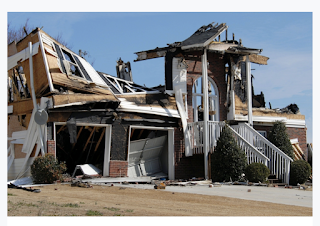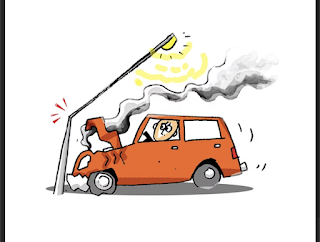No Claim Bonus (NCB) OR No Claim Discount

No Claim Bonus (NCB) OR No Claim Discount NCB is offered at the time of a car insurance renewal. Clients benefit if they do not claim in a policy year. This discount off your comprehensive premium. On each renewal, your NCB or discount will increase providing you haven't made any claims that affect your NCB. If you are eligible, your NCB will keep increasing until you reach the maximum discount level. Your NCB is shown on your certificate of insurance. The no-claim bonus is a reward to the vehicle owner for prudent use of the vehicle. For example, if you sell a 10-year old car and purchase a new car, the no-claim bonus will pass on to the new vehicle and you can save considerably on your insurance costs. It can be transferred to another insurance company subject to evidence in the form of a renewal notice or letter, confirming the NCB entitlement from the previous insurer. NCB is not calculated on your entire insurance premium amount. It is not applicable for third-party car in...



















